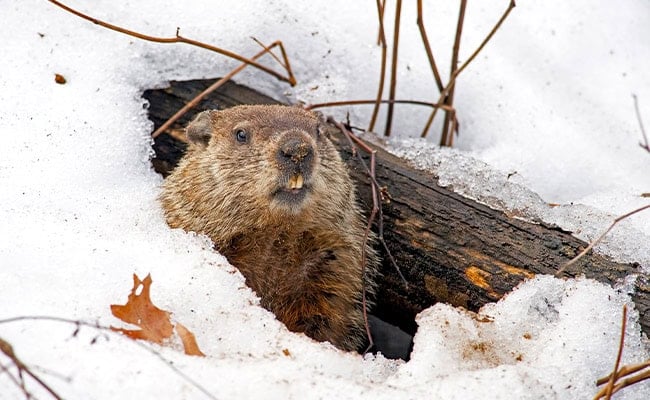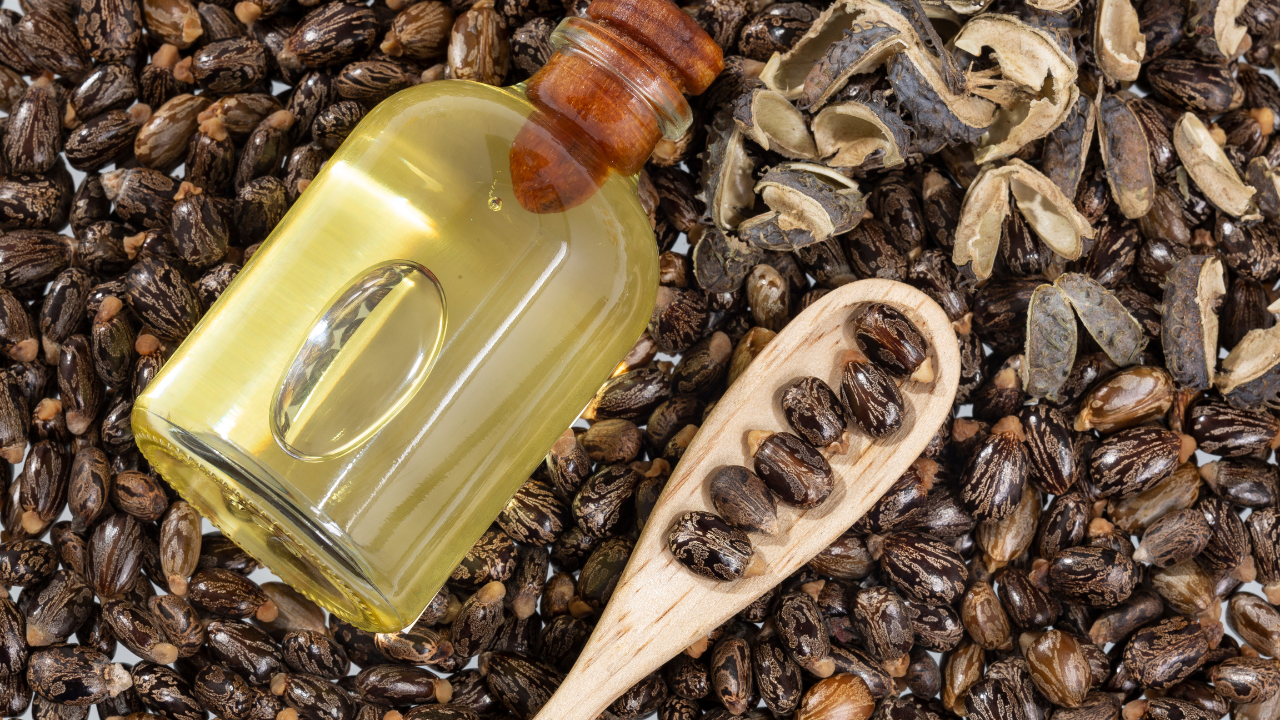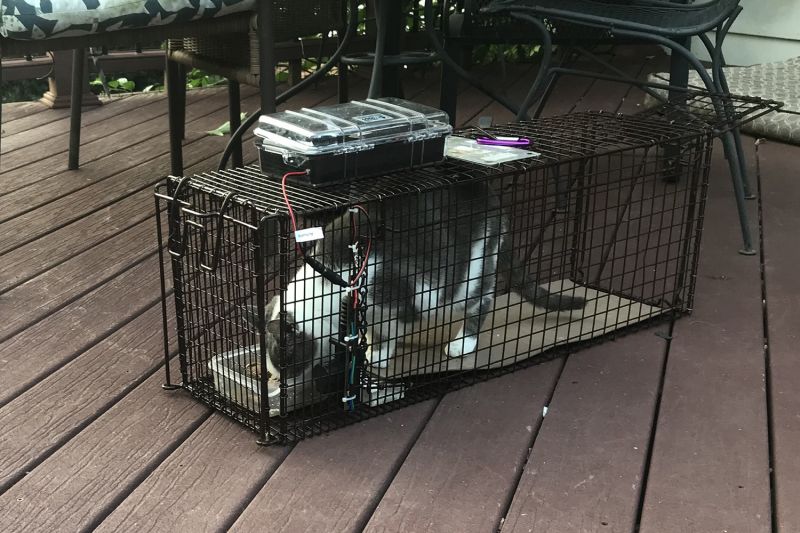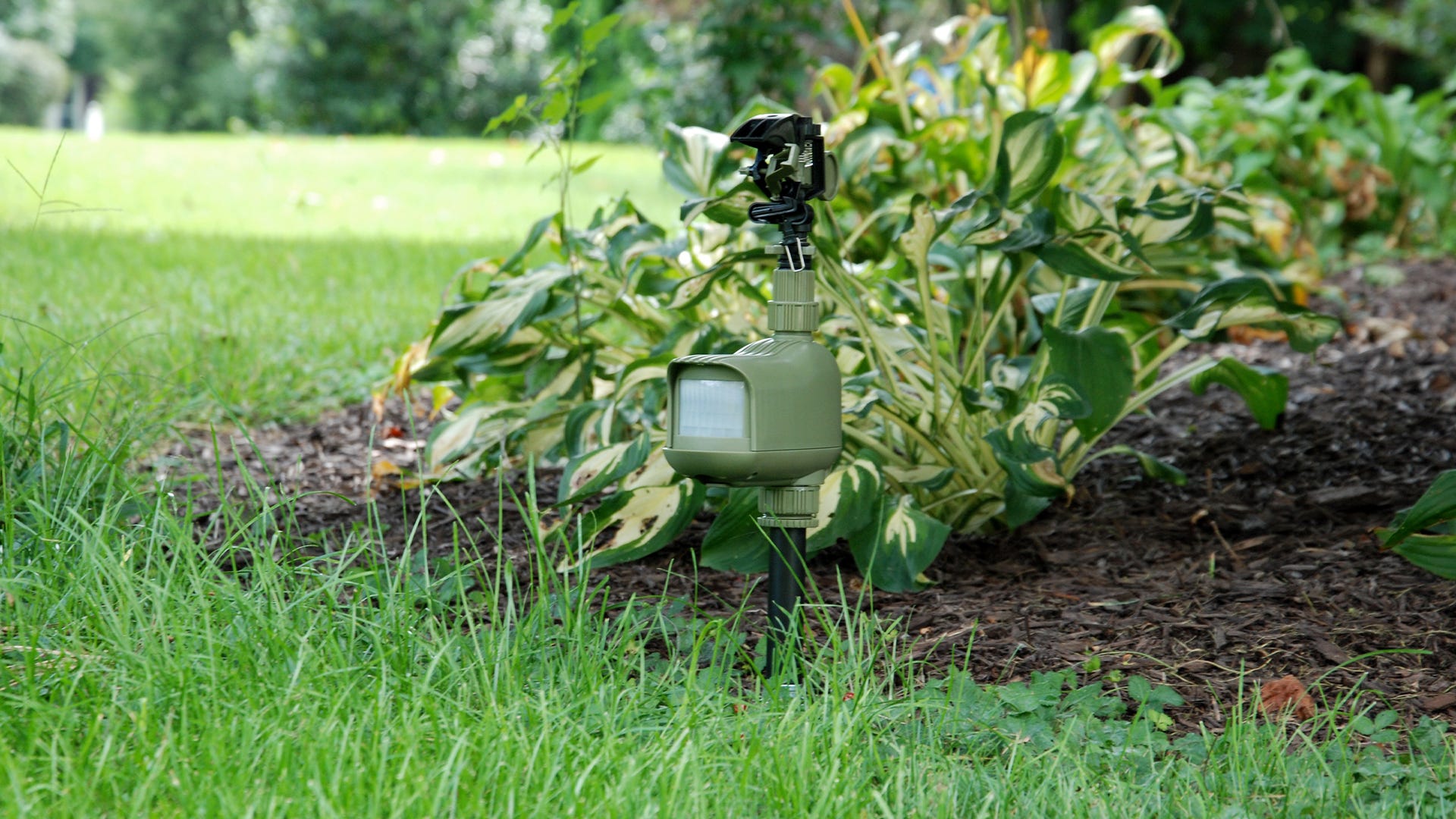
Groundhogs, also known as woodchucks, whistle pigs, or land beavers, are notorious for causing chaos in gardens and yards. These little creatures love freshly grown fruits and vegetables, and if you’re not careful, they’ll mow down your lawn and burrow holes, leaving destruction in their wake. But don’t worry! If groundhogs are wreaking havoc in your garden, there are plenty of ways to get rid of them and keep them from coming back.
In this guide, we’ll walk you through how to identify groundhog damage and offer several tips on how to get rid of these pesky critters, including using groundhog repellent and other natural methods.
How to Identify Groundhog Damage
:max_bytes(150000):strip_icc()/SPR-groundhog-damage-in-yard-2131141-02-3ea6e89823c5462ab2f4aa676d6a01e6.jpg)
Before you go into action, it’s important to confirm that the damage is coming from groundhogs. Here’s what to look out for:
- Whistling Sounds: Groundhogs often make a distinctive high-pitched whistling sound. If you hear this, it’s likely they’re nearby.
- Tunnels and Holes: Groundhogs are excellent diggers. If you notice multiple tunnels or holes in the ground, that’s a sign of their activity.
- Chewed Vegetables: Groundhogs will often leave tooth marks (about 1/2-inch wide) on your vegetables and fruits.
- Chewed Plants and Branches: Similar to beavers, they’ll chew up branches and plants.
- Dirt Mounds: Groundhogs create large dirt mounds near their burrow openings as they dig.
How to Get Rid of Groundhogs
:max_bytes(150000):strip_icc()/GettyImages-1985684038-eb574dc4e9b1418fad574033f7ebfedc.jpg)
If you’ve identified a groundhog problem, here are several effective ways to send them packing.
1. Homemade Groundhog Repellent

Repellents are one of the easiest ways to keep groundhogs at bay. There are two main types: chemical-based and homemade.
- Chemical Repellents: These are available at garden centers and online, but be cautious—they can be harmful to pets and humans. Always read the label.
- Homemade Repellents: If you prefer a more natural approach, try these:
- Human Urine: It may sound odd, but using male human urine as a repellent is surprisingly effective. The strong scent deters groundhogs from entering your space.
- Coyote Urine: Coyote urine is another effective, organic repellent. You can buy it or even make your own by purchasing dried coyote urine granules online. The scent warns groundhogs that predators are nearby.
2. Repelling Scents

You can also use strong-smelling substances to keep groundhogs away:
- Garlic and Pepper Spray: Crush garlic cloves and mix the juice with dish soap and water. This mixture can be sprayed around burrows. Alternatively, you can mix cayenne pepper with water for a similar effect.
- Natural and Safe: These homemade sprays are non-toxic, so you don’t have to worry about harming plants or soil.
3. Spread Human Hair Clippings

Groundhogs are naturally afraid of humans. By scattering human hair clippings around their burrows, you can scare them off. You can get hair clippings from your local barber. To keep it in place, wrap the hair in a mesh bag.
4. Sprinkle Epsom Salts

Epsom salt is another useful deterrent. Sprinkle it near burrow entrances, and the groundhogs will stay away. Just make sure to avoid salts mixed with ammonia, which can be toxic.
5. Apply Castor Oil Around Burrows

Castor oil works as a natural pesticide, smothering groundhogs and discouraging them from sticking around. Mix a tablespoon of castor oil with a gallon of water and a little dish soap, then spray it around burrow holes.
6. Install a Fence

A physical barrier can be very effective. Install a fence around your garden that goes 3-4 feet into the ground. An “L-shaped” fence can help prevent groundhogs from digging underneath. Chicken wire works well, but ensure there are no small gaps where they can sneak through.
7. Catch and Relocate with a Live Trap

A live trap is a humane way to deal with groundhogs. Set up the trap at the entrance of their burrow and bait it with apples, corn, sunflower seeds, or peanut butter. Be sure to check local laws, as some areas require a permit for relocating animals.
8. Use a Motion-Activated Sprinkler

If you want to scare groundhogs away without a lot of hassle, a motion-activated sprinkler is your friend. When the groundhog moves, the sprinkler goes off, startling them and keeping them out of your garden.
9. Maintain Your Lawn

The key to preventing groundhogs from settling in your yard is to make it unappealing. Keep the grass short, remove debris, and trim shrubs. Without cover or food, groundhogs will look elsewhere for shelter.
10. Feed Juicy Fruit Chewing Gum

This might sound strange, but juicy fruit gum can work to get rid of groundhogs. Place a few pieces in their burrows—groundhogs love the smell. When they chew the gum, it clogs their digestive systems, eventually making them unable to eat.
11. Fill Burrows with Tunnel Fill

Tunnel fill is a product that absorbs water and expands, blocking burrows and preventing groundhogs from entering. It also helps keep the ground from sinking, which could lead to injury.
12. Scare Groundhogs Away

You can use visual deterrents like pinwheels, shiny objects, or fake predator statues (like owls or foxes) to frighten groundhogs away from your garden.
13. Use Smoke Bombs

A more drastic approach is using smoke firebombs. These bombs release smoke into the burrow, which can force the groundhog out. However, this method requires caution and should only be used if you’re sure no animals are in the burrow, and it’s safe to do so.
14. Water Your Lawn More Frequently

Groundhogs don’t like wet soil, as it makes digging tunnels difficult. Watering your lawn more often can make it harder for them to burrow and discourage them from making a home in your yard.
15. Let Pets Roam the Yard

If you have dogs or cats, let them roam your yard. Groundhogs view them as predators, so they’ll avoid areas where these pets are present.
16. Spread Soiled Kitty Litter

It may sound gross, but soiled kitty litter can be an effective repellent for groundhogs. The scent of the litter is a clear warning for them to stay away. Use unscented litter, and spread it around your garden or near burrows.
17. Install Barbed Wire

Installing barbed wire around your garden can help deter groundhogs. Use sharp barbed wire to make it uncomfortable for them to cross, forcing them to find a new place to dig.
18. Ultrasonic Groundhog Repellents

Ultrasonic repellents emit high-frequency sound that’s annoying to groundhogs and other pests. While the effectiveness can vary, these devices are chemical-free and motion-activated, making them a non-invasive solution.
19. Hire a Professional

If all else fails, or if you prefer not to handle the situation yourself, hiring a professional pest control service can help. They typically charge by the hour, and it’s important to check reviews and references before choosing a company.
Frequently Asked Questions (FAQs) About Groundhog Control
1. How can I tell if a groundhog is living in my yard?
- Look for large, round holes in the ground, usually around 10-12 inches in diameter, which are often located at the base of trees, sheds, or under fences. Groundhogs are also active during the day, so you may spot one munching on plants or digging.
2. What are some natural ways to repel groundhogs?
- Groundhogs dislike strong smells, so you can try using garlic, hot pepper spray, or human hair around your garden to deter them. Other natural deterrents include castor oil, mint, or even used kitty litter.
3. Do motion-activated sprinklers work on groundhogs?
- Yes, motion-activated sprinklers can effectively scare groundhogs away. When they sense movement, the sprinkler will spray water, startling the animals and encouraging them to leave the area.
4. How can I keep groundhogs from digging under my fence?
- To prevent groundhogs from digging under a fence, you can bury a section of the fence a few inches into the ground. Alternatively, you could install a “L”-shaped barrier at the base of the fence to prevent tunneling.
5. Should I use traps to catch groundhogs?
- Trapping can be effective, but it’s important to check your local laws before setting traps, as some areas have restrictions on trapping wildlife. Always check traps frequently and release groundhogs far from your property to prevent them from returning.
6. How do I know if the groundhog is gone for good?
- If you see no fresh burrow entrances or signs of activity for a few weeks, it’s likely that the groundhog has moved on. You can also monitor the area with motion sensors or cameras to ensure they aren’t returning.
7. Are there any plants that groundhogs dislike?
- Groundhogs tend to avoid plants with strong odors or rough textures. These include lavender, rosemary, marigolds, and garlic. Consider planting these in areas you want to protect, as they may help deter groundhogs.
8. How can I prevent groundhogs from entering my garden?
- Install a fence around your garden, ensuring it’s at least 3-4 feet tall and buried a few inches into the ground. You can also use physical barriers like mesh or wire over garden beds or around plants that groundhogs are particularly attracted to.
9. Can groundhogs be dangerous to my garden?
- Yes, groundhogs can cause significant damage to gardens by eating plants, flowers, and vegetables. Their burrowing can also destabilize the soil around plants and cause damage to garden structures or pathways.
10. What should I do if I encounter a groundhog in my yard?
- If you encounter a groundhog, it’s best to leave it alone and avoid cornering it. Groundhogs are generally shy but can be aggressive if they feel threatened. Use deterrents to encourage them to move elsewhere rather than handling them directly.
Conclusion
Groundhogs may seem harmless, but their digging and munching can cause significant damage to your garden. By implementing effective repellents, physical barriers, and deterrents, you can protect your outdoor space and prevent these pesky creatures from taking over. Whether you prefer natural remedies or more hands-on approaches, there are plenty of solutions available to keep groundhogs at bay. With a little effort, you can maintain a beautiful and intact garden. Happy gardening, and good luck in keeping those groundhogs away!

